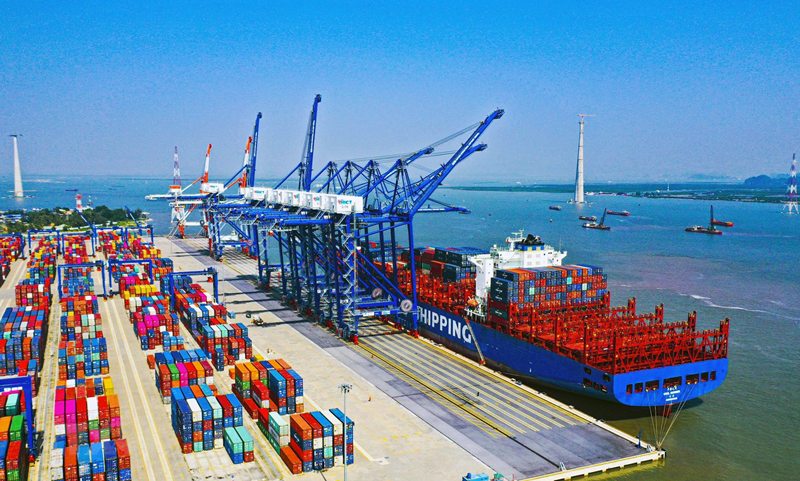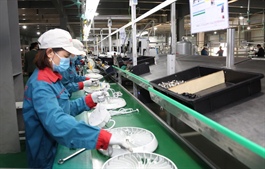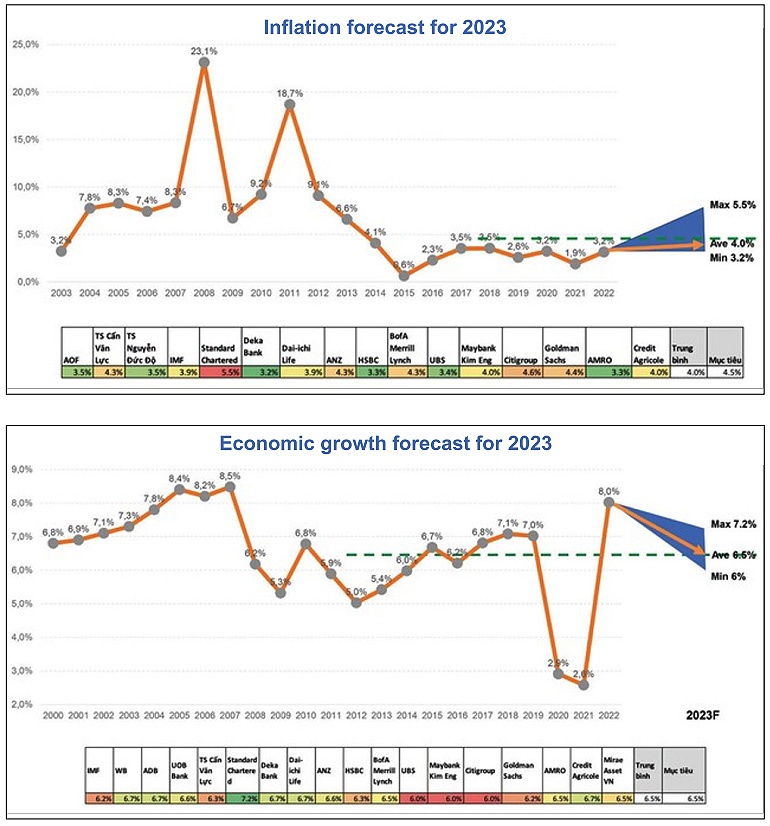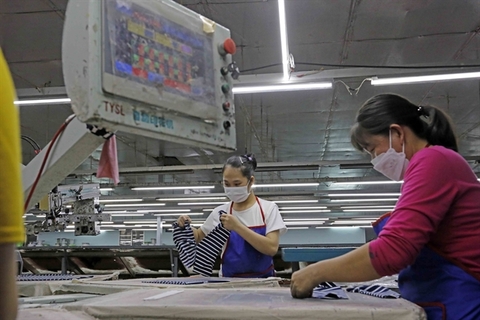Vietnam registers $3.6 billion trade surplus in first month of 2023
Vietnam registers $3.6 billion trade surplus in first month of 2023
Despite a decline in product exports and imports, the goods balance of trade was projected to be $3.6 billion in January 2023.

In January 2023, the merchandise trade balance was projected to have a surplus of $3.6 billion. The domestic economic sector had a trade deficit of $1.04 billion, while the foreign-invested sector (including crude oil) had a trade surplus of $4.64 billion, according to the Ministry of Industry and Trade's (MoIT) January 2023 report on industrial output and trade.
In January, the manufacturing and processing sector was no longer the export growth engine, as the sector's export turnover grew the least compared to agricultural, forestry, fisheries supplies, and mineral fuels groups.
The export volume of the majority of goods produced by the processing industry group fell compared to the same time the previous year. In January 2023, the total export value of industrially processed products had declined by 22.7 per cent compared to the same month last year, falling to an estimated $21.52 billion.
The MoIT anticipates that the export growth for 2023 will rise by about 6 per cent to $394 billion, compared to 2022. The country's exports have increased by 10.5 per cent between 2021 and 2022, reaching $371.33 billion.
Deputy Minister of Industry and Trade Do Thang Hai said at a government news conference last week that the situation for global commerce "could not be improved instantly," as there has been several obstacles since the end of 2022.
According to Hai, one of the most significant issues influencing Vietnam's exports is the fall in global import demand for Vietnam's strong goods. He said there were three main reasons.
Firstly, the global economy continues to face several challenges, particularly in the world's biggest import markets, such as the United States, the EU, and Japan. Despite the recent termination of the strict pandemic strategy in China, there are still several complex circumstances, and the pandemic outlook remains uncertain.
Second, sourcing shocks have increased the price of raw materials, resulting in high manufacturing costs and a decline in the competitiveness of local products.
Thirdly, global inflation is high and inventories are large, which affects consumer demand for imported products, with the greatest impact on non-essential items, which are the primary commodities. Textiles, clothing, and footwear constitute the majority of Vietnam's exports to industrialised nations.
According to Hai, the key factor producing problems and significant hurdles for Vietnam's exports in 2023 is the reduction in global demand.
The expansion of exports in 2023 is contingent on several variables, including the development of the worldwide market, the Russia-Ukraine war, inflation, and economic changes in the world's major import markets.























